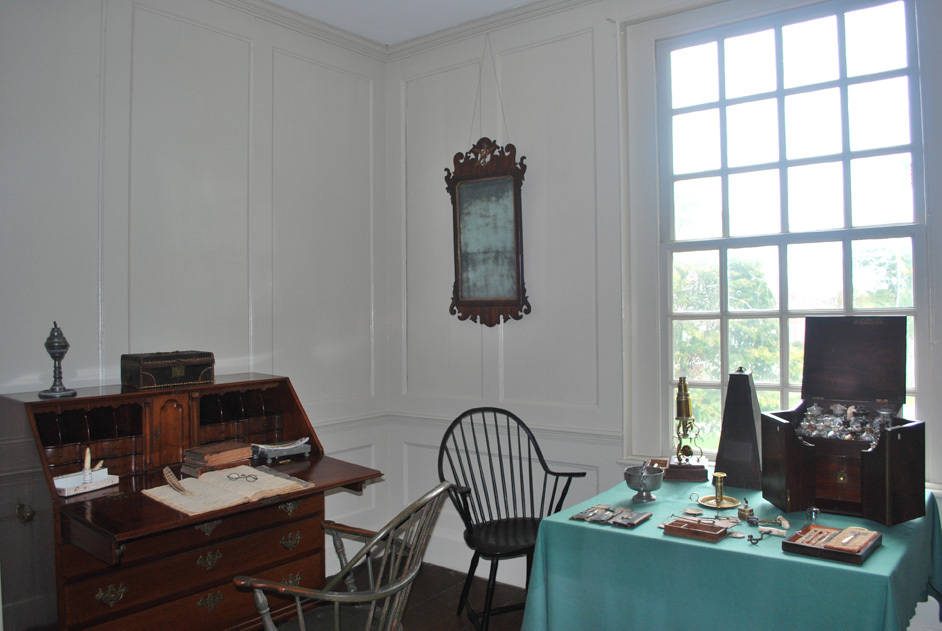History is alive at Rock Hall
Museum’s country fair planned for Oct. 23-24
On three acres of the original 600 that were once a working farm, Rock Hall Museum presents a look at life in colonial and post-colonial America — with a touch of the tropics — that can engage young and old.
The museum’s mission, according to its director, Linda Barreira, is “to present early American history to all ages in a positive way through displays, furnishings and programs of historic significance.”
The Town of Hempstead facility, at 199 Broadway in Lawrence — adjacent to Lawrence Middle School — has been a museum since 1953 and, through its affiliation with the Society for the Preservation of Long Island Antiquities, seeks to preserve local history while expanding its reach in educating visitors.
The home was built in 1767 by Josiah Martin.
A tour led by Barreira, who has directed the facility for 25 years, provides not only facts and dates; she makes the mansion come alive with stories about both the Martins and the Hewletts, who bought the 125 acres around the home in 1824. Visitors can press audio boxes for information on each room.
As they make their way through the house, they will find no kitchen. Martin, who was from the Caribbean island of Antigua, was accustomed to outdoor cooking due to the tropical heat. And there is no indoor bathroom.
Fireplaces in every room kept them warm during cold weather, and breezes from the water to the south cooled the house during the summer. Bed warmers also helped to ward off winter’s chill.
Walking from room to room is a history lesson, as the furnishings in each room depict how it was used. When Martin took ill, his eldest son, Samuel, a physician who attended the University of Edinburgh in Scotland, took over the affairs of the farm. His bedroom is furnished the way he would have used it, Barreira said.
Though bad economic times are never welcome, the Great Depression was a bit of a boon to historical places like Rock Hall, as the Historic American Buildings Survey was established to put people to work and to conduct detailed inventories and drawings. Thanks to that work, Barreira has not only a record of the museum’s contents but information that has helped her and her staff furnish the rooms with historical accuracy.
In addition to the town, which pays employee salaries, the Friends of Rock Hall, a volunteer group, helps to raise money and supplement program offerings. “I love history; I love the idea of Long Islanders documenting their colonial history,” said Roberta Fiore, a Long Beach resident and historian who is co-president of the group, along with Valley Stream-based attorney Jean Kestel.
“Every facet of Rock Hall is an education,” said Fiore, who recently wrote a history of Long Beach published by Arcadia.
That education continues as visitors view the children’s room, featuring space for several youngsters, a four-poster bed and a
cradle.
A guest room was used most likely during the Hewletts’ time, in the 19th century, and a downstairs bedroom is furnished for use by Josiah Martin. There are also a dining room, a parlor room and a game room.
The Hewletts created more space for entertaining by adding an archway between the rooms. Before that, Samuel Martin had moved the staircase from near the front entrance to the side, but he did compromise a rear window, Barreira said.
The museum recently opened the storage cellar, which once served as the warming area for the food brought into the house by slaves. It also features a wine cellar and a room that displays the museum’s archeological excavations.
Rock Hall offers many programs and events, including its annual country fair, scheduled for Oct. 23 and 24 from 11 a.m. to 5 p.m. “It’s basically a place people in the community can get to know each other and bring their kids into a different age,” Kestel said.






